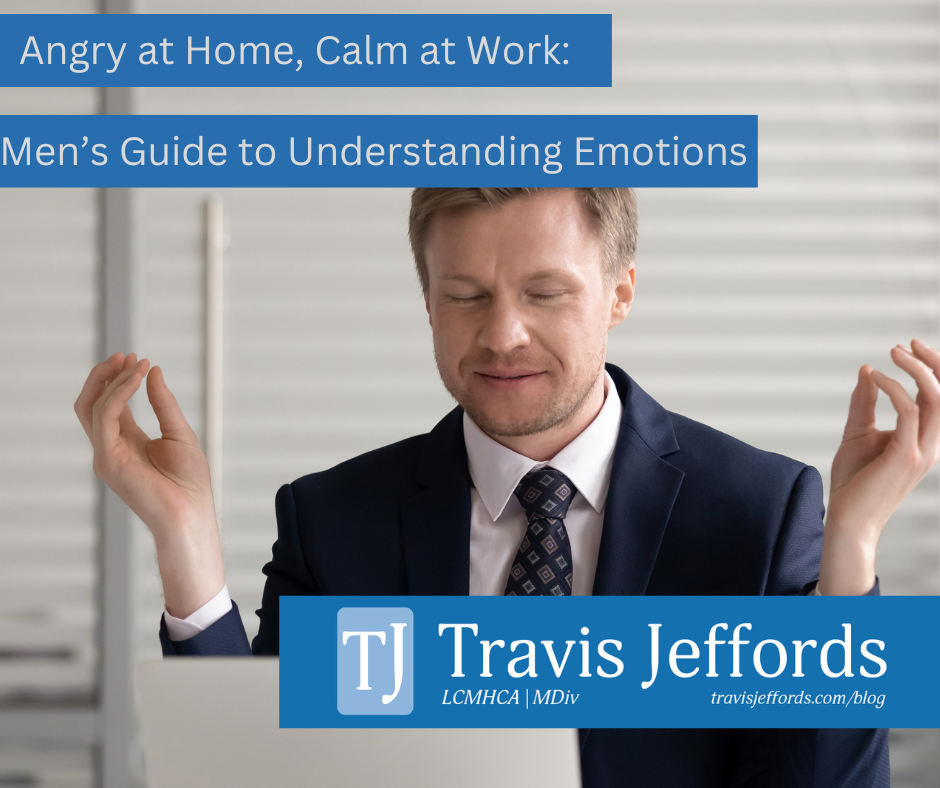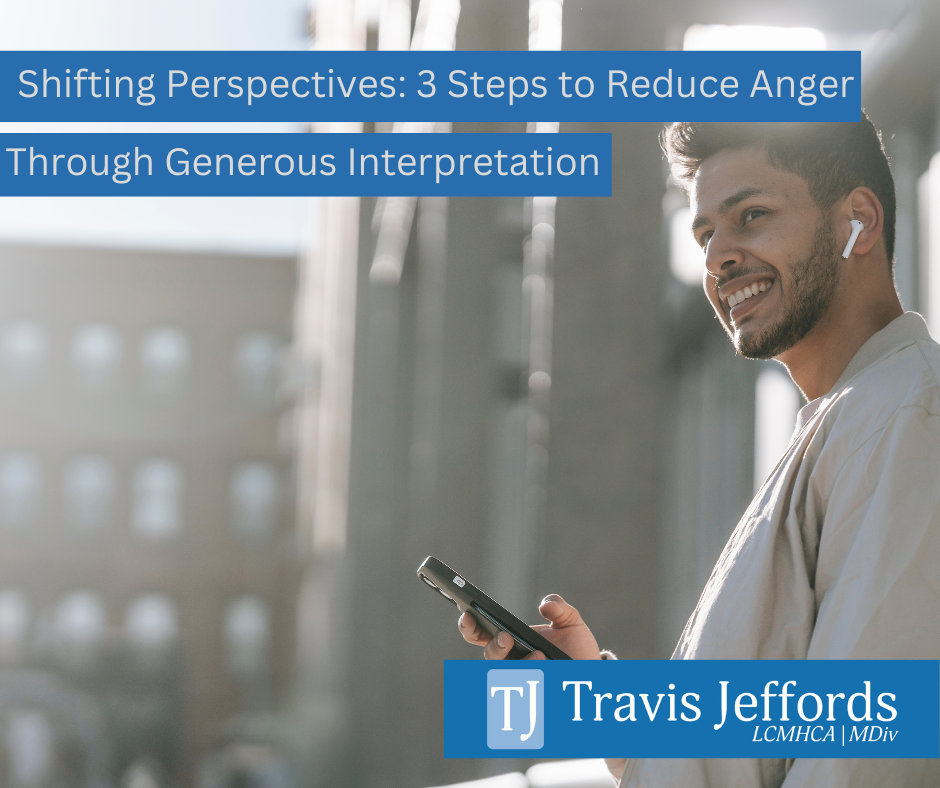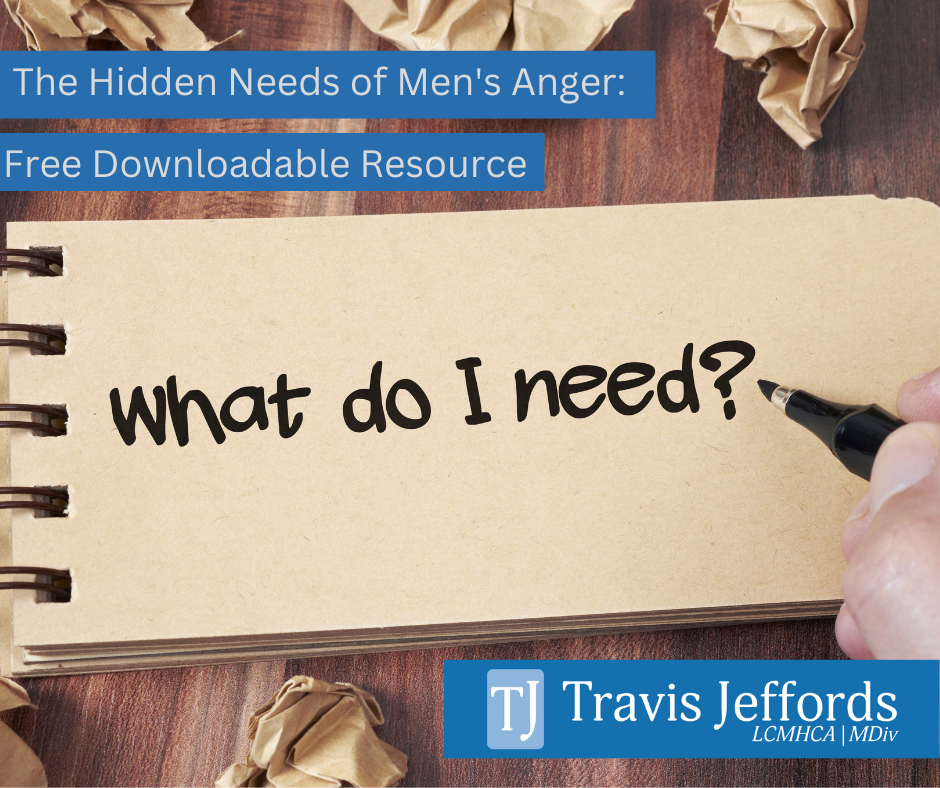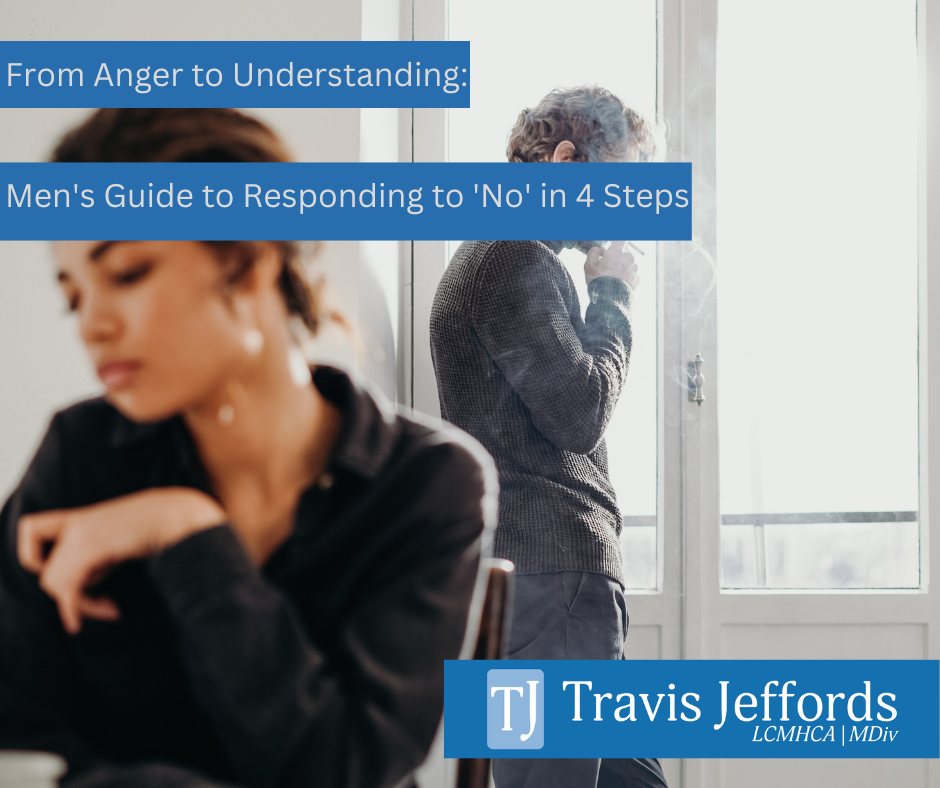Claws and Paws: Unraveling Frustration in Couples
Okay - I have to admit - I absolutely hate the “fun, “creative” questions in job interviews:
Name 5 things you could do with a dinner spoon
If you could be any superhero who would you be and why?
If you have dinner with any 3 people in history dead or alive who would it be?
What animal are you most like and why?
But here’s a “fun”, “creative” question that can actually be helpful, and shed a lot of light on your relationship dynamics: are you a Dog-type, or a Cat-type in your relationship.
When Dog-types and Cat-types are in a relationship together, both partners can encounter an understandable amount of frustration, anger, and anxiety. It happens for both partners too:
You may be more Dog-like while your partner’s is more Cat-like…you may be more Cat-like while your partner’s is more Dog-like.
In this post I’m going to talk about the qualities of people who are more Dog-type, and people who are more Cat-type and, talk about how you can actually grow together as a couple if you are in a Dog-Cat relationship.
No Animal Is Any Better Than Any Other
First, I just have to throw this out there: no animal type is better than any other. It’s not wrong or bad to be a dog or a cat type. If you are one of these types, it just represents the way that you tend to function in this relationship, and the way you tend to function is the best way you have found so far to try to remain safe and get your needs met.
Again, no type is wrong or bad.
Also, it’s important to note that people have the ability to grow and change their type…you absolutely can shift how you behave in relationships over time (often with the help of therapy).
So - if you read about dog-types or cat-types and are either critical at yourself for being one way, irritated at your partner for being another way, or frustrated at both of you - just remind yourself that everyone is doing the best they know how to get their needs met at any given moment. And, the way we have learned to try to get our needs met, and what our needs are - that pattern can happen very early in life - long before the two of you ever ended up in a relationship.
Okay - onto dog and cat people.
The Dog-type
A dog-type person is like a golden retriever puppy - they want to be patted on the head and want their belly rubbed (you can take that metaphor as far as you want).
When I think of a dog-type person, I think of my sweet 12 year old lhasa apso mix Bentley. Bentley is such a sweet dog…and Bentley also gets very nervous whenever I am not right next to him:
If I get up from the couch to get water from the kitcher, Bentley has to follow me to the kitchen.
If I am in the front yard mowing the grass, Bentley is going to watch me through the screen door, whimpering the whole time because we’re too far apart.
If I let him know that I’m leaving the house for work by telling him “I’ll be back buddy”, his head sinks down, his tail lowers, and he slowly walks off sulking.
Bentley wants to be by my side all the time and to know that he and I are safe together, and that I care about him.
Dog-types want connection and continual affirmation that the relationship is all good.
My dog Bentley is always reading the signs of my behavior in the house, sensing if I’m about to leave. For example, if the suitcase comes out of the closet, or my coffee goes in a thermos, he starts to get very nervous that I’m about to leave. Dog-types are on high alert that their partner is packing their own bags.
The Cat-type
Cat-types are very different from dog-types, as I’m sure you imagine.
Cats want their space. Cats want to hide out underneath the bed on their own. Cats can be affectionate creatures, and will snuggle up and purr next to you and allow you to pet them - but cats want to be in control of when that happens, for how long, and it only feels safe when it happens on their terms.
I remember visiting a friend who had a cat with my daughter when she was young. She instinctively saw the cat and ran towards it with her arms outstretched ready to grab it and hold it…the cat took one look at my daughter running towards her and bolted out of the room because the cat needed space to feel safe.
Dogs and Cats Living Together
Dog-types and Cat-types together can be difficult!
When Dog-types approach because they need safety, Cat-types can feel the need to leave the room because it no longer feels safe and they start to feel smothered. While dogs need closeness and reassurance, cats need their distance in order to feel safe.
So how can Dog-types and Cat-types live together in a healthy relationship? It takes self-awareness, introspection, and usually a little therapy, but basically 3 things need to happen:
Both partners needs to recognize that they are in a Dog and Cat relationship, and again, understand that it’s not wrong or bad to be a Dog or a Cat, they are just different ways of trying to feel safe in relationships.
The Dog-type partner needs to do their own work to find enough internal security to still feel safe when their Cat-type partner sometimes needs their space.
The Cat-type partner needs to do their own work to find enough internal security to still feel safe moving closer to their partner when their Dog-type partner sometimes needs closeness.
Next Steps…
By fostering self-awareness and engaging in introspection, men can lay the foundation for navigating the Dog-Cat relationship with understanding and compassion, while also addressing their sense of frustration, anger, and anxiety. Self-awareness involves recognizing one's own tendencies, triggers, and emotional needs. It is crucial for men to reflect on how their emotional responses may impact their relationships and identify healthier ways to express and manage their anger and anxiety.
However, self-awareness and introspection alone may not always be sufficient. Seeking professional guidance, such as therapy or counseling, can provide men with the necessary tools and support to navigate the complexities of their emotions and relationship dynamics.
Ultimately, the goal is for men to cultivate a greater sense of self-awareness, heal their past, and build healthier patterns of communication within the relationship. Through self-reflection, seeking professional guidance, and prioritizing mental well-being, men can pave the way for a more fulfilling and mutually supportive Dog-Cat relationship, marked by understanding, emotional growth, and improved overall mental health.
Hi, I’m Travis.
My clients describe me as calm, compassionate, and curious…
You have these qualities inside you at your core too. You just need a little help uncovering them.
If you’re dominated by anger, anxiety, shame, or self-criticism, we can help you re-connect with who you really are: confident, calm, courageous, compassionate, and connected to yourself and others.
Travis Jeffords - LCMHCA | MDiv. | Male Counselor
In-person counselor: Greensboro & Winston-Salem
Virtual counselor: North Carolina
Licensed Counselor














